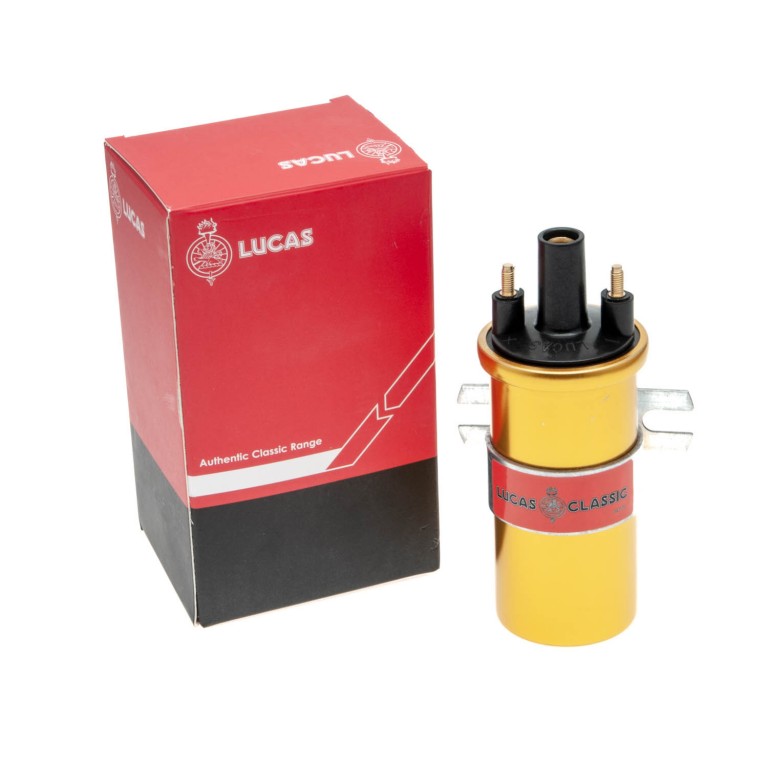Hi guys,
Just seeking some advice regarding wiring connections as I move towards first startup. I'm using the coil and Lumenition system which were on the car (running) before I pulled it apart - the only new item in the mix is the main wiring loom (RKC778 purchased from Rimmers). Things that have me scratching my head are as follows -
Dave
Coil.jpg
Just seeking some advice regarding wiring connections as I move towards first startup. I'm using the coil and Lumenition system which were on the car (running) before I pulled it apart - the only new item in the mix is the main wiring loom (RKC778 purchased from Rimmers). Things that have me scratching my head are as follows -
- The two wires in the new loom which connect to the + terminal on the coil are white/yellow & pink, but the wiring diagram says the latter (ballast wire) should be pink/white.
- The coil - according to the label on it - is a Lucas LD110, which according to info I found on the web is a 12V coil with 1.5 ohm primary resistance, yet when I meter across the terminals I get 2.7 ohms.
Dave
Coil.jpg


Comment